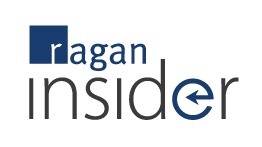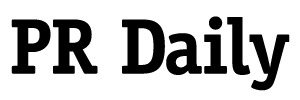IAB chief slams Trump’s social media EO, Google to use ‘page experience’ in search rankings, and Twitter rolls out scheduled tweets
Also: George Strait and other celebrities extend the reach of Texas’ COVID-19 messages, how social media affects language, Burger King and Google focus on social distancing, and more.
Hello, communicators:
Texas Gov. Greg Abbott recently shared a COVID-19 public service announcement from country singer George Strait.
https://youtu.be/dbxtYOENgOk
In the video, Strait says:
We all know that being Texan means being friendly. And as we open Texas back up, it’s important that we stay extra friendly by thinking about all our fellow Texans. So go on, write this down, take a little note, to remind you of these friendly things you can do to help defeat COVID-19. Wash your hands regularly, wear a face mask, and stay six feet apart from others in public. Let’s show the world what it means to be Texan by staying safe and staying friendly.
The video is one of many ways Abbott is turning to celebrities to increase the reach for the the state’s crisis response. Other efforts include Matthew McConaughey partnering with Lincoln Motor Co. to distribute masks to Texas hospitals and Chuck Norris reading to Facebook viewers.
Alright, alright, alright. @McConaughey #TexansHelpingTexans https://t.co/viuObjajO3
Become a Ragan Insider member to read this article and all other archived content.
Sign up today
Already a member? Log in here.
Learn more about Ragan Insider.



